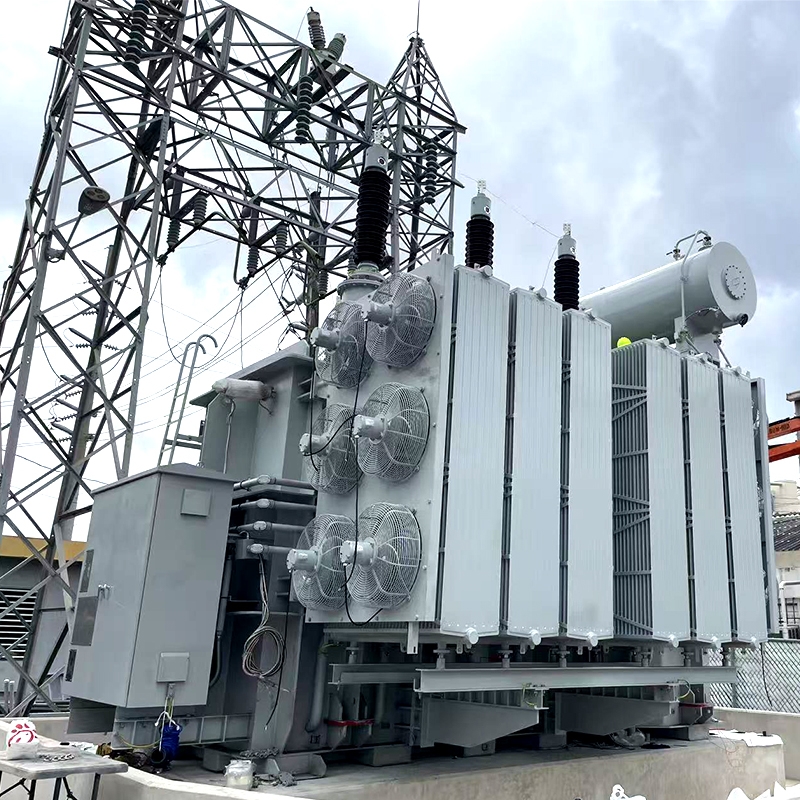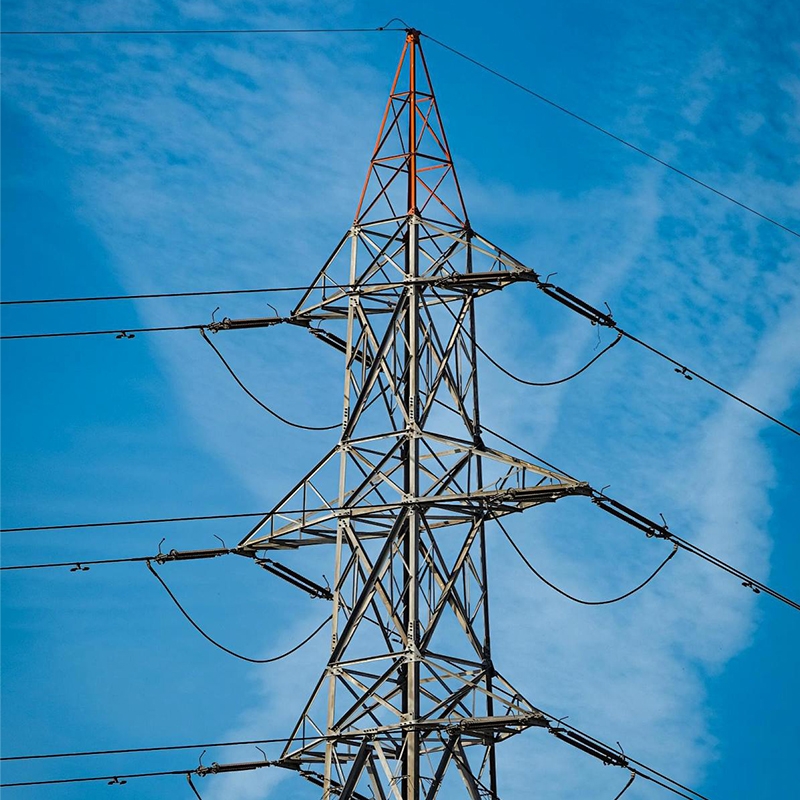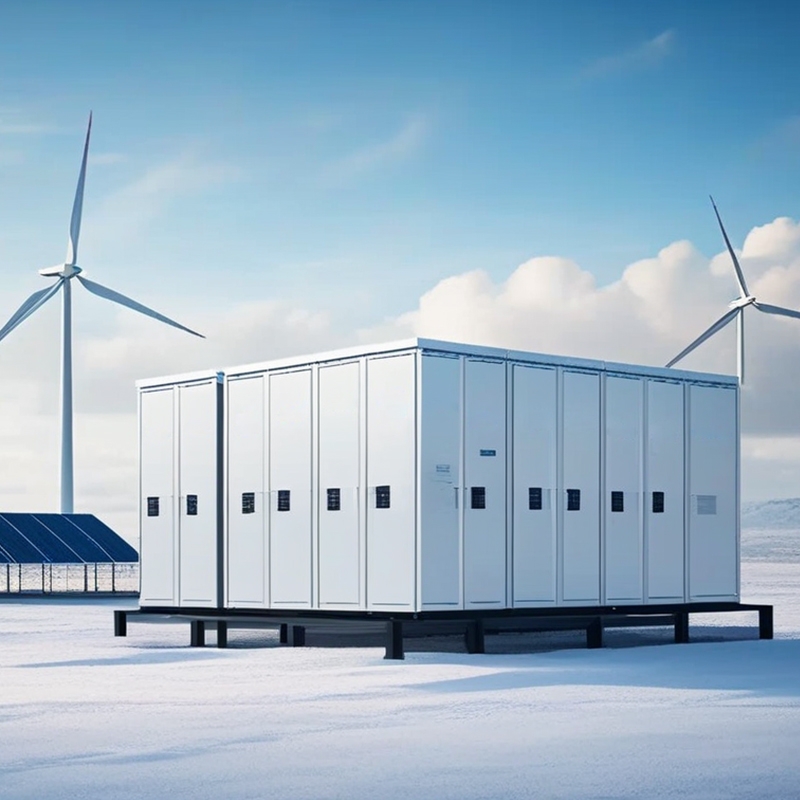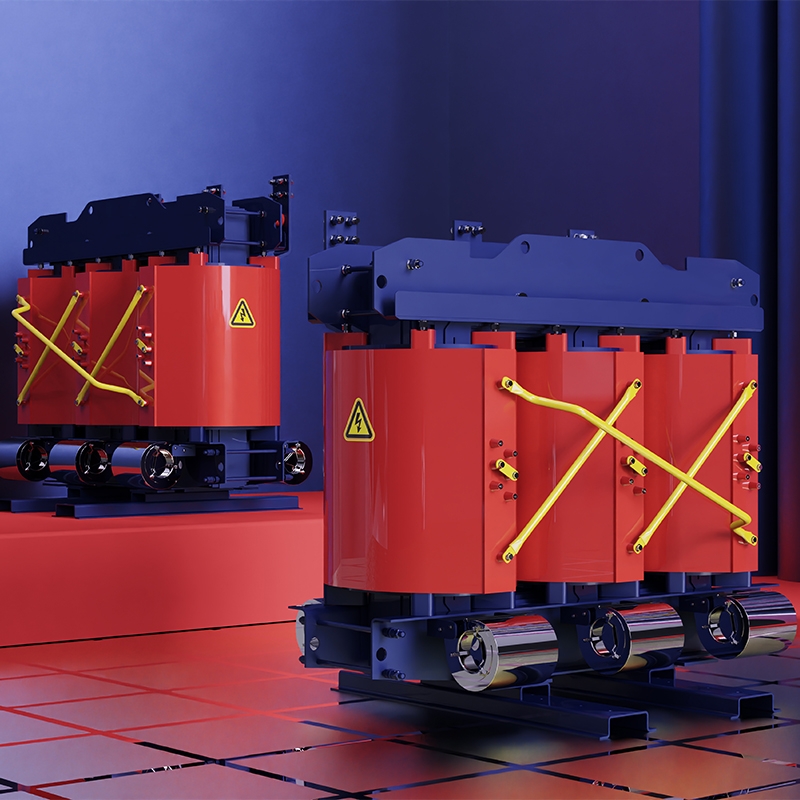A Brief Analysis of the Function and Principle of Magnetic Core Winding Elements
In the field of electronic circuits, components with magnetic core winding structures are often seen. However, even though they are all magnetic core wound, they have different names and functions such as inductors, filters, and transformers. These components may seem structurally similar, but in fact, due to differences in design parameters, working principles and application scenarios, they play completely different roles in the circuit. Inductance: An energy storage component based on electromagnetic induction
The working principle of an inductor is based on Faraday's law of electromagnetic induction. When current passes through the coil wound on the magnetic core, the magnetic core is magnetized to generate a magnetic field, and the coil converts electrical energy into magnetic field energy for storage. When the current in a circuit changes, the inductor generates an induced electromotive force, which hinders the change of current, that is, "passing direct current and blocking alternating current".
Structural design features: The design parameters of the inductor, such as the core material, the number of coil turns, and the wire diameter, have a significant impact on its performance. High-frequency inductors often adopt low-loss ferrite cores; To enhance energy storage capacity, power inductors often use iron powder cores or silicon steel sheets with high saturation flux density. The number of turns in the coil determines the size of the inductance. The more turns there are, the greater the inductance. The wire diameter affects the ability to pass current. For large current inductors, thick wire diameters should be used for winding.
The types of inductors are also quite diverse
Typical application scenarios: In power supply circuits, inductors are often used for filtering and DC-DC conversion. For example, in a switching power supply, inductors and capacitors work together to form an LC filter circuit, which smooths the output voltage and filters out high-frequency ripples. In a DC-DC step-down or step-up circuit, the inductor achieves voltage conversion through periodic energy storage and release. In signal processing circuits, inductors can be used for resonant frequency selection. For instance, the tuning circuit of a radio utilizes an LC resonant circuit composed of inductors and capacitors to select radio signals of specific frequencies. Filter: A functional module that realizes signal filtering
The working mechanism of a filter is essentially a frequency selection circuit. It utilizes the impedance differences presented by components such as inductors and capacitors to signals of different frequencies to achieve the passage or suppression of specific frequency signals. The core wound inductor in the filter mainly serves to suppress high-frequency signals. By taking advantage of the characteristic that the inductive reactance (XL = 2πfL) increases with the rise in frequency, it hinders the passage of high-frequency signals.
Classification and structural design can be classified into low-pass filters, high-pass filters, bandpass filters and band-stop filters based on their functions. Take the low-pass filter as an example. It is often composed of an inductor and a capacitor in an LCπ -type or T-shaped structure. The inductor presents high impedance to high-frequency signals, while the capacitor presents low impedance to high-frequency signals, thus allowing low-frequency signals to pass smoothly while high-frequency signals are filtered out. The design of the filter requires precise calculation of the inductance value, capacitance value and magnetic permeability of the magnetic core to achieve the ideal filtering characteristics.
In the power supply system, filters are used to suppress electromagnetic interference (EMI), prevent high-frequency noise generated by the power supply from interfering with other electronic devices, and also prevent external interference from entering the power supply. In communication systems, filters are used to separate signals of different frequencies. For instance, the radio frequency filter in mobile phones can filter out communication signals in specific frequency bands, ensuring the accuracy and stability of signal transmission.
Transformer: An energy transmission device based on electromagnetic coupling. The electromagnetic coupling principle: A transformer is composed of a primary coil, a secondary coil, and a magnetic core, and operates based on the principles of electromagnetic induction and electromagnetic coupling. When alternating current is passed through the primary coil, an alternating magnetic field is generated in the magnetic core. This magnetic field couples through the magnetic core to the secondary coil, inducing an electromotive force in the secondary coil and achieving the transmission of electrical energy from the primary to the secondary. The transformation ratio of a transformer is determined by the turns ratio of the primary and secondary coils (V1/V2 = N1/N2).
Key points of structural design: The design of a transformer needs to take into account factors such as the turns ratio, core material, and winding method. The requirements for transformers vary greatly in different application scenarios. For instance, audio transformers need to ensure that signals are not distorted and use core materials with high magnetic permeability and low loss. High-frequency transformers often use high-frequency ferrite cores to reduce eddy current losses. In terms of winding methods, to reduce leakage inductance, layered winding or sandwich winding methods are often adopted. In the power system, transformers are used to boost and step down the voltage of electrical energy, reducing power loss during the transmission process. In electronic devices, transformers are used as power adapters to convert mains power into the voltage required by the devices. In audio circuits, transformers are used for impedance matching to enhance the transmission efficiency and sound quality of signals. The differences and connections among the three
Although inductors, filters and transformers all adopt magnetic core winding structures, there are obvious differences among them in terms of function, design and application. Inductors focus on energy storage and hindering current changes. The filter is designed to screen signals of specific frequencies; Transformers focus on the transmission of electrical energy and voltage transformation. Structurally speaking, inductors are usually single-coil structures, filters are a combination of components such as inductors and capacitors, and transformers consist of primary and secondary coils. However, they are closely related. Both filters and transformers contain the characteristic of inductance. All three rely on magnetic cores to enhance electromagnetic performance and operate based on the principle of electromagnetic induction.
Due to the differences in design and function, core winding components have given rise to various types such as inductors, filters and transformers. Each of them plays its own role in electronic circuits and jointly builds complex and efficient electronic systems. Understanding their principles and characteristics is of great significance for the design, analysis and optimization of electronic circuits. With the development of electronic technology, these components are constantly innovating, evolving towards miniaturization, high frequency and integration to meet the growing technical demands.




